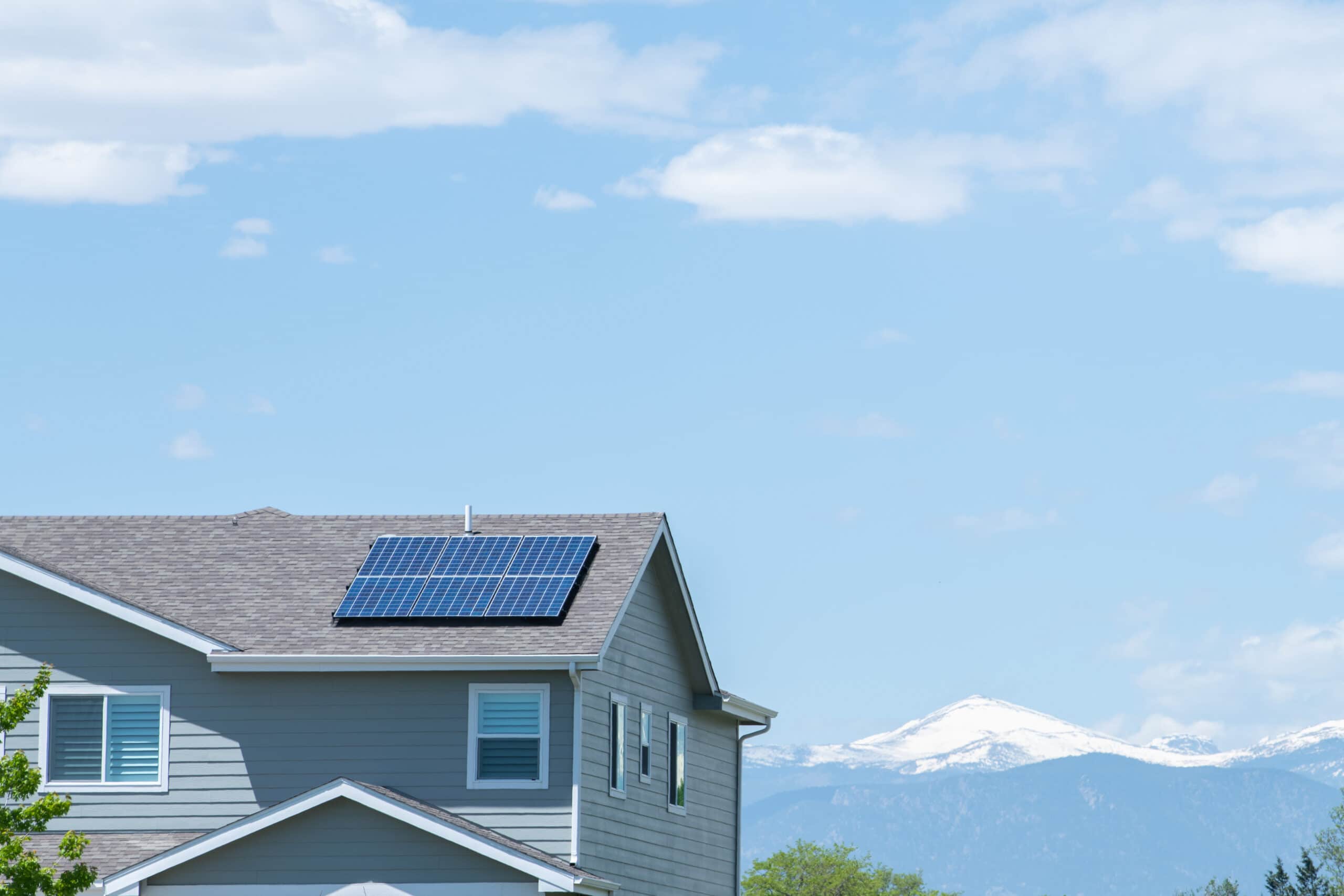Why are there energy codes?
Energy codes set minimum efficiency standards for new and renovated homes, ensuring reductions in energy use and greenhouse gas emissions over the life of the home. Energy codes are a subset of building codes, which establish baseline requirements for safe building construction.
Who writes energy codes and how are they adopted?
The International Code Council develops the International Energy Conservation Code (IECC), otherwise known as the model energy code, that is adopted by almost all U.S. states, and thousands of municipalities and counties across the country. The codes are updated and published every three years through an open, consensus process that allows any interested party to participate by submitting proposals to change the code and commenting on others’ proposals. Municipalities and counties typically enact the base model codes and then adopt amendments to meet community goals and feasibility requirements.
Do new building and energy codes make building a new home more expensive?
New code requirements are a very small percentage of the total cost of a home. Rising material and labor costs, supply chain constraints, increased demand, and inflation are the primary drivers for the rise in home building costs. Updated building codes are implemented to address resident safety, structural integrity and energy savings. Codes can add some incremental costs if new materials or technologies are required.
What are the benefits of high-performance homes?
Improved health and safety due to better indoor air quality and moisture management, increased comfort and durability, lower utility bills due to energy- and water-saving features, greater resiliency from smoke damage, temperature swings, and extreme weather events, and lower carbon emissions.
Significant Changes in the 2021 IECC
The energy code focuses on efficiency in building equipment, systems and the envelope—that is, the walls and roof assemblies, insulation, air and water vapor barriers, windows, weatherstripping, and caulking—everything that shields and conditions the living space from the outdoors. Some of the major changes in the 2021 Residential IECC include an increase in required insulation levels, required testing for air barriers and duct tightness in conditioned spaces, and requirements that all lighting must be high efficacy, and most lighting requires dimmers, occupant sensors or other controls.
The 2021 IECC saves about 9% in home energy consumption compared to the 2018 IECC. Click here to see the technical Residential significant changes.
Questions to ask when selecting your home builder
- Have you built homes to the 2021 codes?
- What is the cost difference for building to the 2021 code versus the 2018? What causes the increase in cost?
- Have you built an ENERGY STAR® certified home?
- What additional measures would need to be taken to achieve Passive House or net zero energy?
Resources
Xcel Energy: Rebates range from $7500 to build to the 2021 IECC up to $37,500 for a Passive House.
For more info, contact Xcel’s Community Recovery Line at 866-672-3834.
Colorado Code Helpline: Free helpline to answer any of your building and energy code questions!
Code Adoption Toolkit: Resource that details the cost implications of updating to new codes, the benefits, how to troubleshoot and navigate compliance pathways, links to recorded training webinars, and additional resources.
